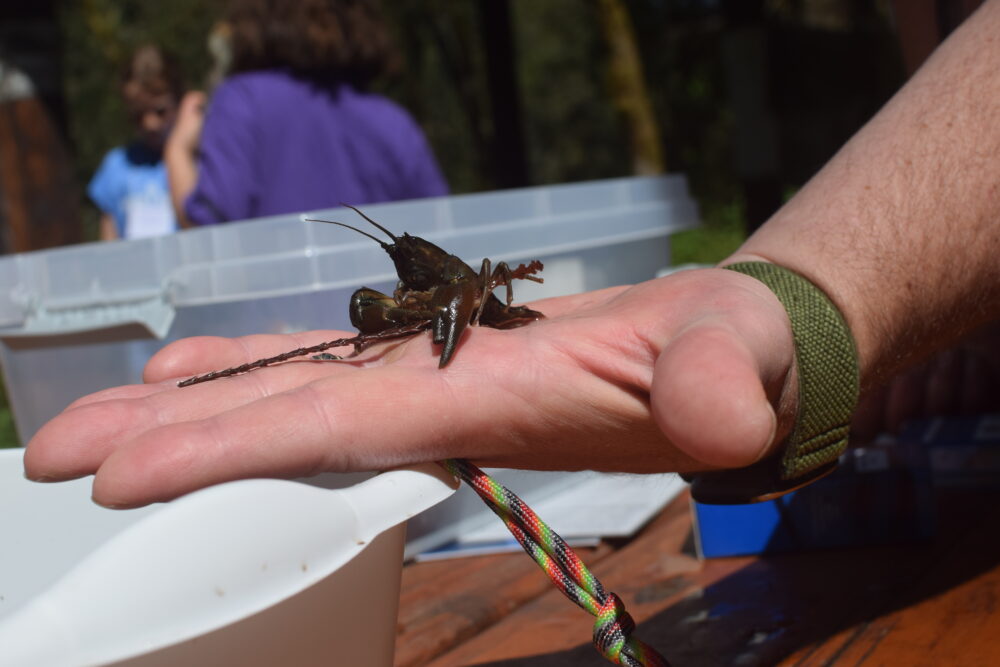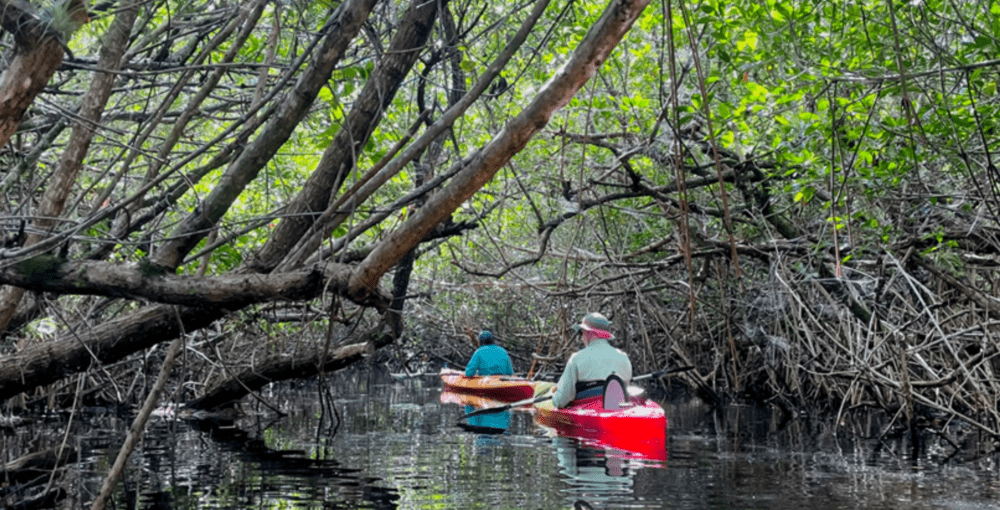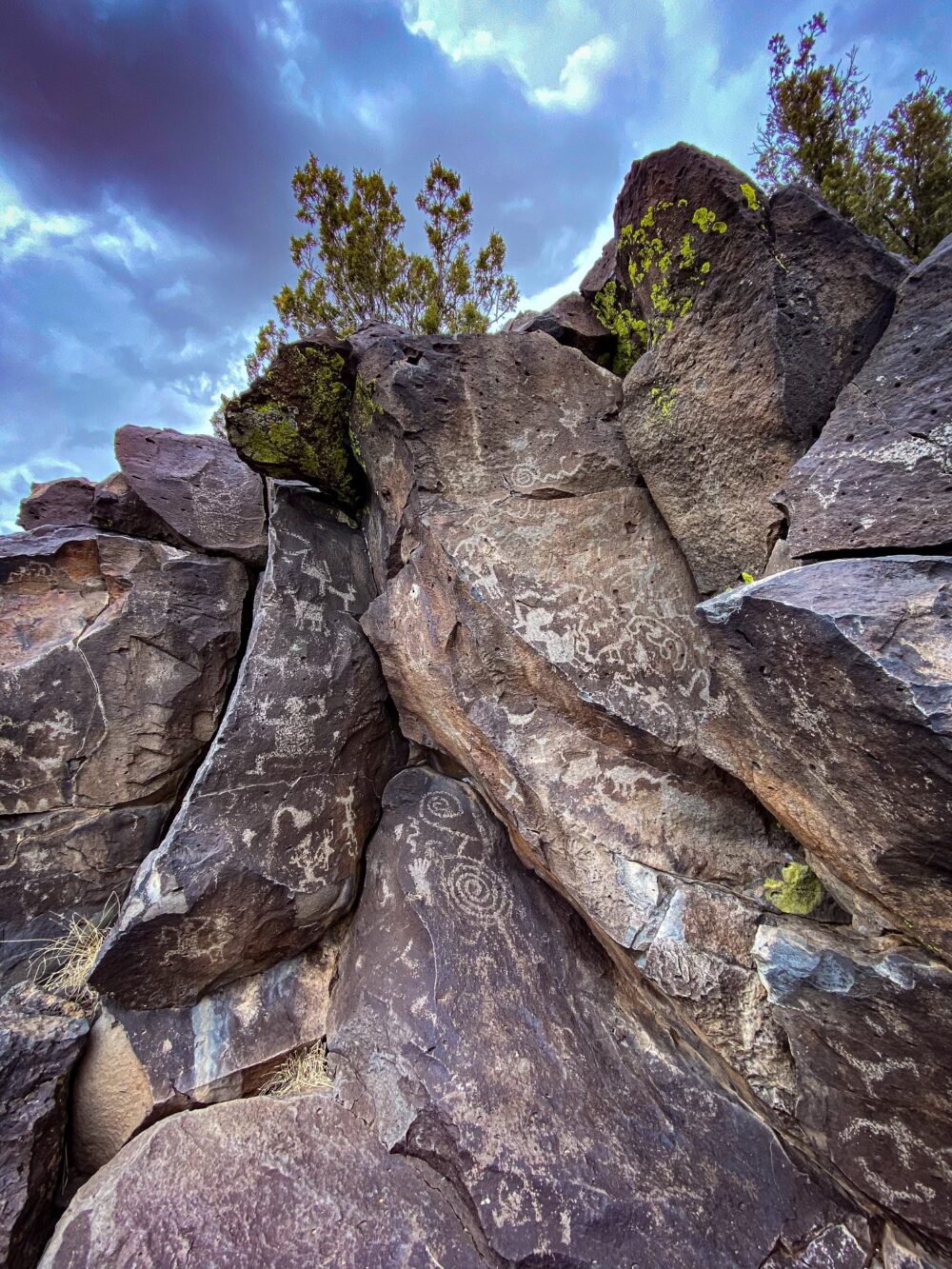We have much more to do and your continued support is needed now more than ever.
Making Your Own Way Station For The Amazing Monarch Butterfly
 It is Garden for Wildlife Month and one garden creature that will make a child or adult enthusiastic about nature is the Monarch butterfly. Their exquisite orange and black markings and large size make them a wildlife gardener’s favorite. Monarchs appear in North America’s gardens in spring, summer and fall. They are especially known, by those who study them, (lepidopterists) for their lengthy annual migration from the eastern half North America to the central highlands of Mexico where they winter over in such numbers and in such close proximity that their tiny bodies will collectively weigh-down entire trees.
It is Garden for Wildlife Month and one garden creature that will make a child or adult enthusiastic about nature is the Monarch butterfly. Their exquisite orange and black markings and large size make them a wildlife gardener’s favorite. Monarchs appear in North America’s gardens in spring, summer and fall. They are especially known, by those who study them, (lepidopterists) for their lengthy annual migration from the eastern half North America to the central highlands of Mexico where they winter over in such numbers and in such close proximity that their tiny bodies will collectively weigh-down entire trees.
The monarch is the only butterfly that migrates seasonally in the same way that birds do. Their massive southward migration begins in August and extends through the first frost. The northward migration takes place in the spring but there are interesting twists to this part of the annual journey. First, the northward journey actually takes two to three egg-laying generations. Then, when the butterflies have reached the northern apex of their journey, a special fourth generation reverses directionand makes the thousands mile-long trek back to Mexico. How they have the ability to find their home refuges in Mexico is one of the deepest mysteries of animal world. Here is a ling to one of the best videos (six minutes) that I have ever seen on the life cycle of the monarch with some truly amazing footage of the massing butterflies in their winter refuge in Mexico.

Gardeners who want to attract Monarch butterflies to their yard need to know about two magic ingredients.
- The first and most important is milkweed. It is the Monarch’s favorite food and is the main choice for its larvae. Interestingly, milkweed has a toxin, which is ingested by the larvae. It gives the butterflies a specific taste that most predators don’t like. Larger gardens can handle Common Milkweed. It is a good plant for a wildflower meadow and needs space to roam, but it can be a bit aggressive in smaller gardens where a better choice would probably be Swamp Milkweed. It has attractive pink to purple flowers and does not actually require wet conditions to thrive. You can learn more about milkweed by visiting the website of the NWF’s native plant partner, American Beauties, and even find purchase information.
- The second key ingredient to Monarch success is water. Butterflies mostly drink from moisture in and on flowers including nectar and water droplets. Butterflies will drink from standing water such as puddles, ponds and bird baths but they also enjoy “misters.” These devices spray mists over parts of the garden. Pollinators like them because of the tiny water droplets they leave on flowers. Monarchs will be especially appreciative. Misters can be found online.
Water and milkweed will make your garden a welcoming oasis for beautiful Monarch butterflies. So happy Garden for Wildlife Month! Learn more about attracting wildlife to your garden and how to create a National Wildlife Federation Certified Wildlife Habitat™.




















